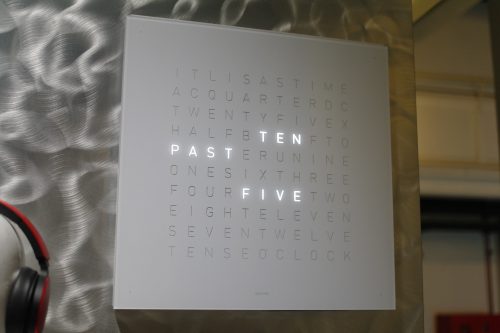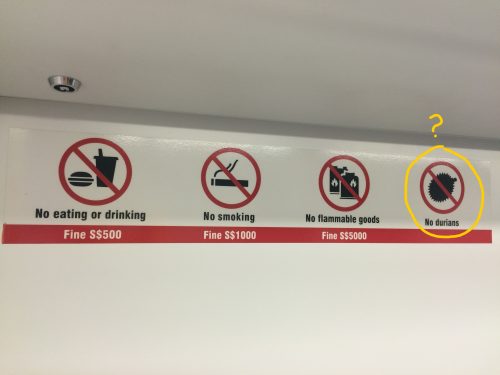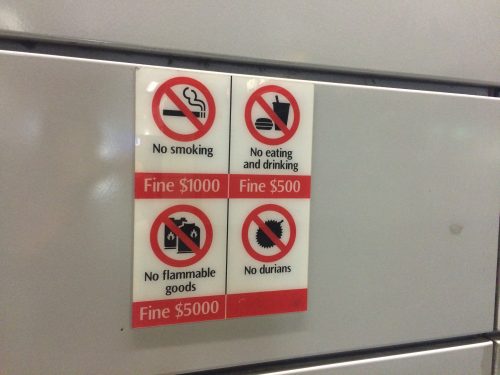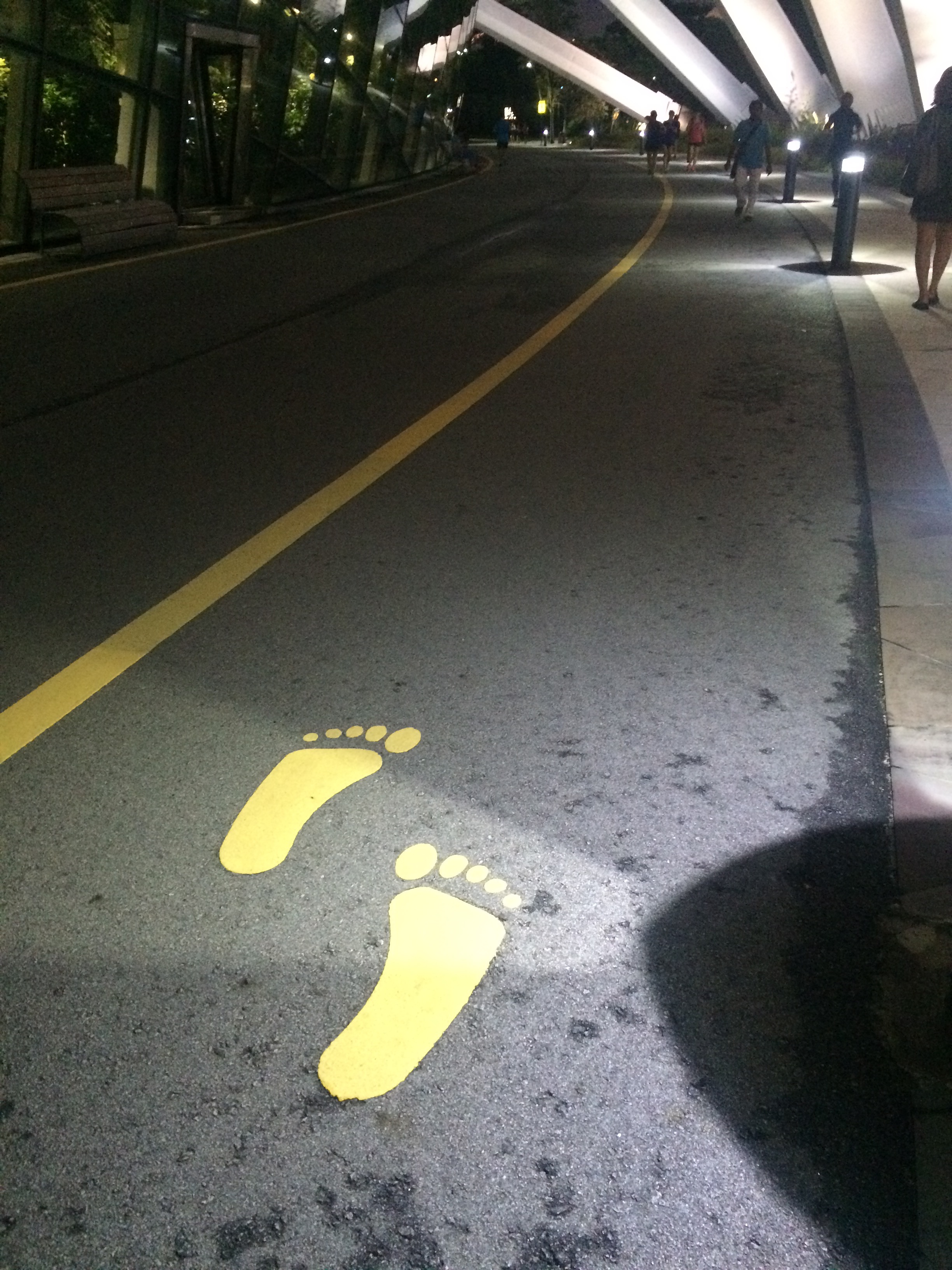
We now see a wide variety of floor signage. In Singapore, there is a yellow-painted footstep on the right side of the paved road at the Marina Bay. Since this road is crowded by runners, this signage probably helps them run on the right side of the road.
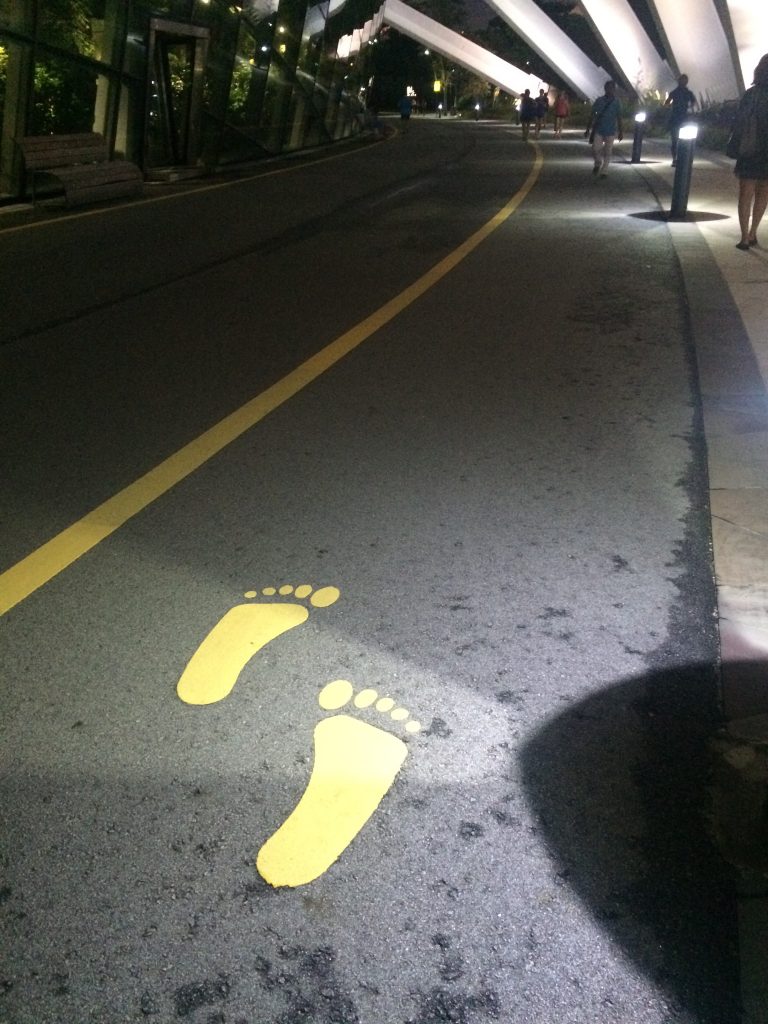
In Shenzhen, China, there are orange-colored lines at the subway stations. Since many people are in a hurry, these lines help them not to rush forward when the train is coming, and wait for the next train if they cannot get on.
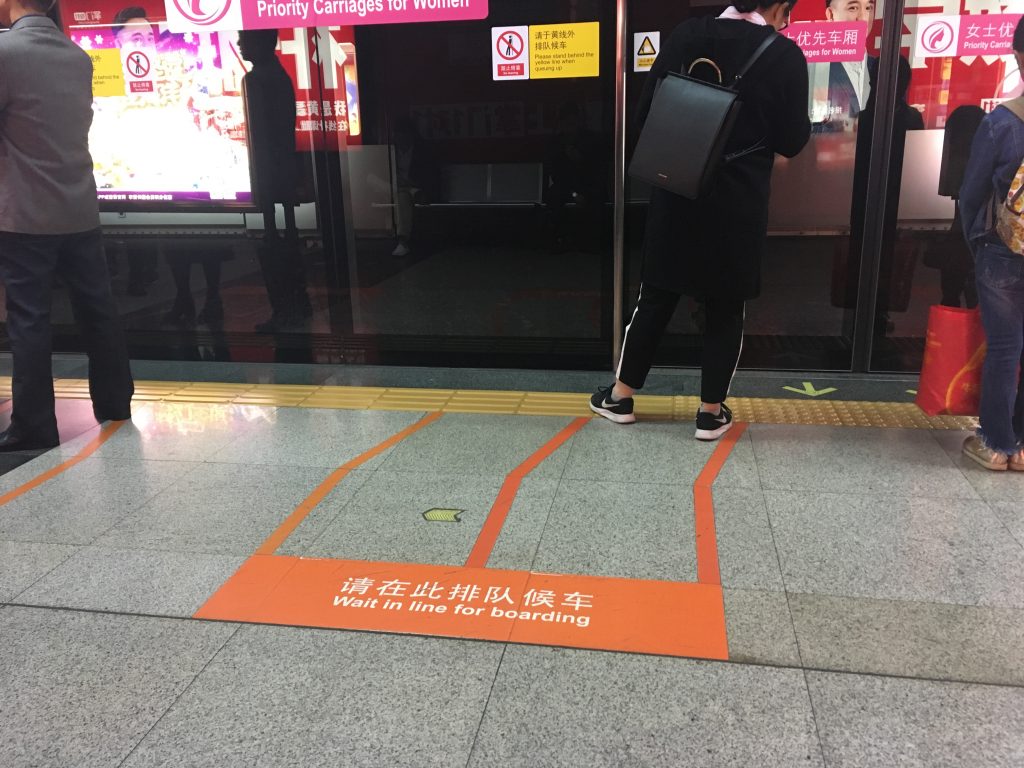
Although floor signage is visually salient, I wonder whether this is needed to change our behavior, because we learn rules naturally. We learn how to avoid bumping into other runners when running on a narrow road and we also learn how to navigate a huge crowd to get on a train. Although I am a strong supporter of behavior economics and nudge, I believe some nudges interfere with learning. Not surprisingly, some people argue that behavioral economics are not always as effective as thought (Why nudges hardly help)(The dark side of nudging). We need to study more about which specific nudges are ineffective and how we can modify these nudges.

Red Dot Design Museum is located in the heart of Singapore’s most iconic location, the Marina Bay. This area is one of the most fun places and interesting destination to visit and for sightseeing in Singapore, with numerous attractions within walk distance from the museum. There is an exhibition space in the museum and exhibitions are curated from the results of the Red Dot Design Award.
In the museum, I met an interesting clock named Qlocktwo (Wall and Table) Clock. It received an award of Honorouble Mention 2010. This clock was manufactured by Biergert & Funk Product GmbH & Co KG, and its in-house design was done by Marco Biergert Andreas Funk.
According to the information, “this clock contains a matrix with symmetrically arranged characters which are illuminated in white light to form words that describe time. The front surface is made of polished acrylic glass; the lacquered wooden body supports it by means of eight magnets. When it is activated, the timer sets itself exact to the second and adjusts the brightness of the characters to ambient light.”
The jury left a statement that “Qlocktwo turns the concept of “reading the clock” into a whole new experience. The time measurement in words is not only original but also practical.”

In Singapore, we should pay fine when behaving inappropriately in subway: S$500 when eating or drinking, S$1000 when smoking, and S$5000 when using flammable goods. Interestingly, eating durians is also inappropriate but the fine amount of doing so is not clarified. I suspect that Singapore government seems to know intuitively that people follow rules if they see a set of three escalating numbers.
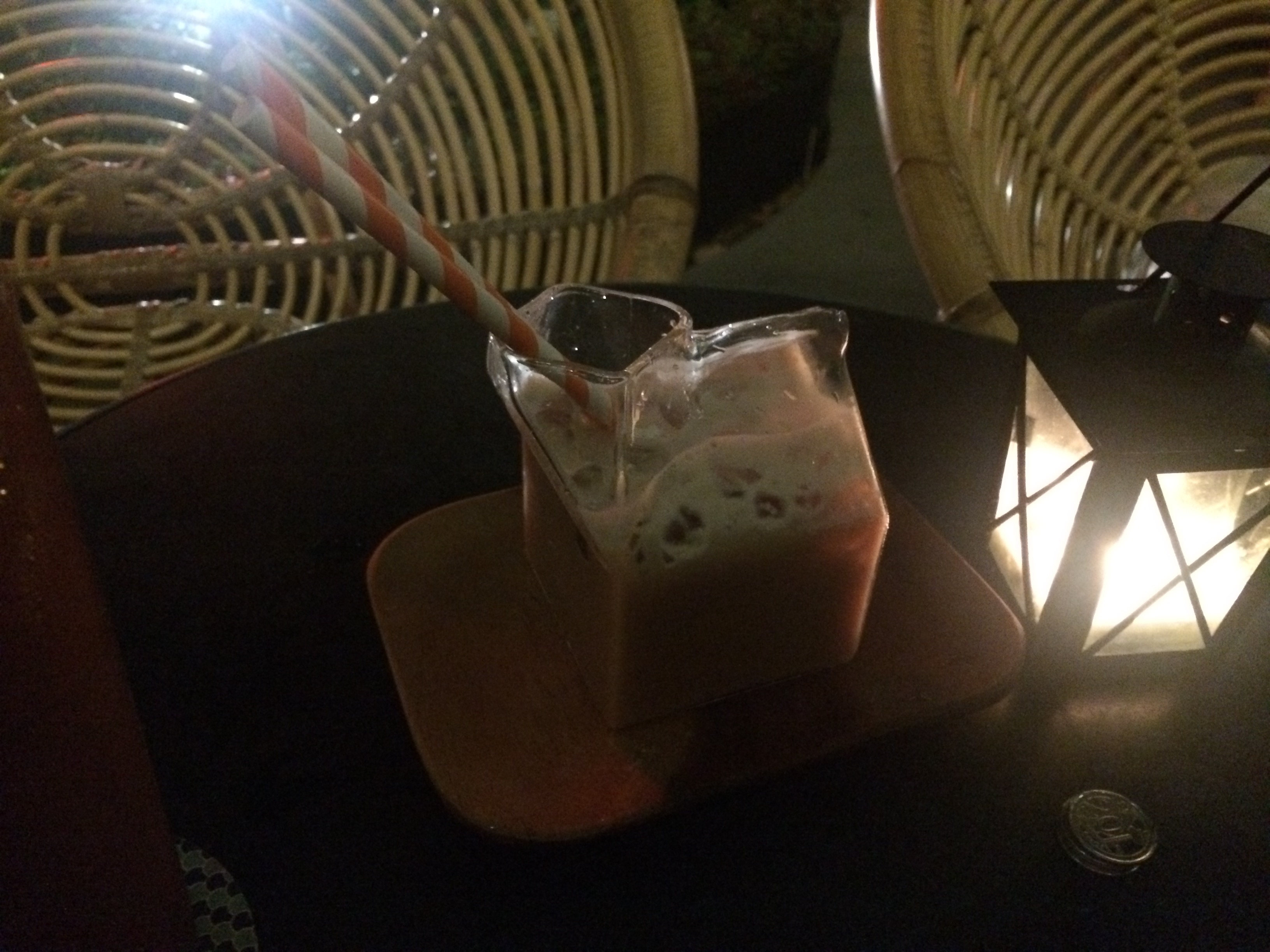
Most cocktail glasses are designed to hold the unique aroma of the cocktail to maximize its taste. However, some glasses play different roles. While I visited Singapore, my friend recommended me to visit Loof, a rooftop bar. It is located across the famous Raffels Hotel, a colonial-style super luxury hotel in the downtown. According to the website, this bar is
Awarded as Singapore’s best rooftop bar, Loof serves up quality whimsy, fresh nostalgia and unbridled playfulness in an urban garden atop Odeon Towers in downtown CBD. Enjoy carefully crafted Southeast Asian inspired cocktails with bar snacks that have a local twist. Then take a trip down memory lane and purchase little gems of locally-curated nostalgia at The Mama Shop. Bask in the cool shade of Loof’s urban garden and take in the best view of Raffles Hotel. Soak up infectious beats from resident DJs and themed party nights.
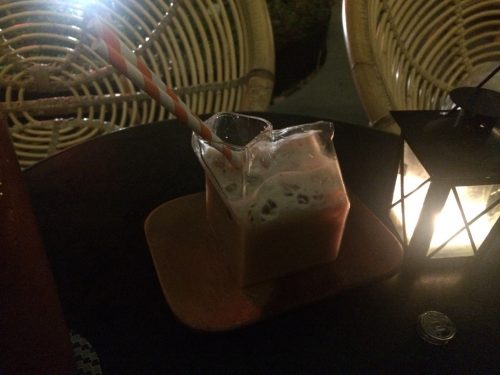
I wanted to drink energy booster since I spent a hot and humid daytime outside. I ordered “Milo Cocktail” because Milo is the chocolate malt beverage. Interestingly, this cocktail was served by a milk carton shaped glass. Although this glass did not capture the unique aroma the cocktail, it certainly improved my drinking experience because Milo is often served with milk and thus it tasted like Milo milky cocktail.
Stephen Hoch and Young-Won Ha proposed in their seminal marketing paper, Consumer Learning: Advertising and the Ambiguity of Product Experience (1986) that experience is a piece of evidence to test a hypothesis and the hypothesis is the advertising message. This cocktail glass led me to think that product design or package can be a hypothesis now. I thought milk was in there! 🙂
Jaewoo Joo | design thinking, behavioral economics, customer experience




